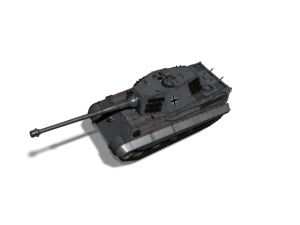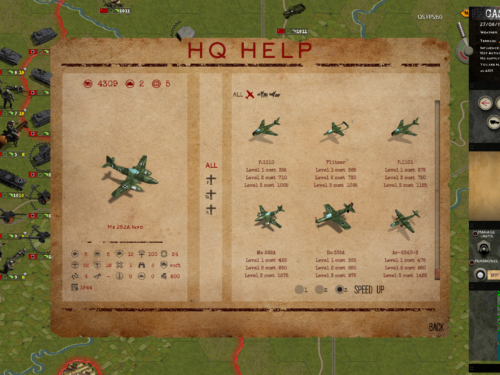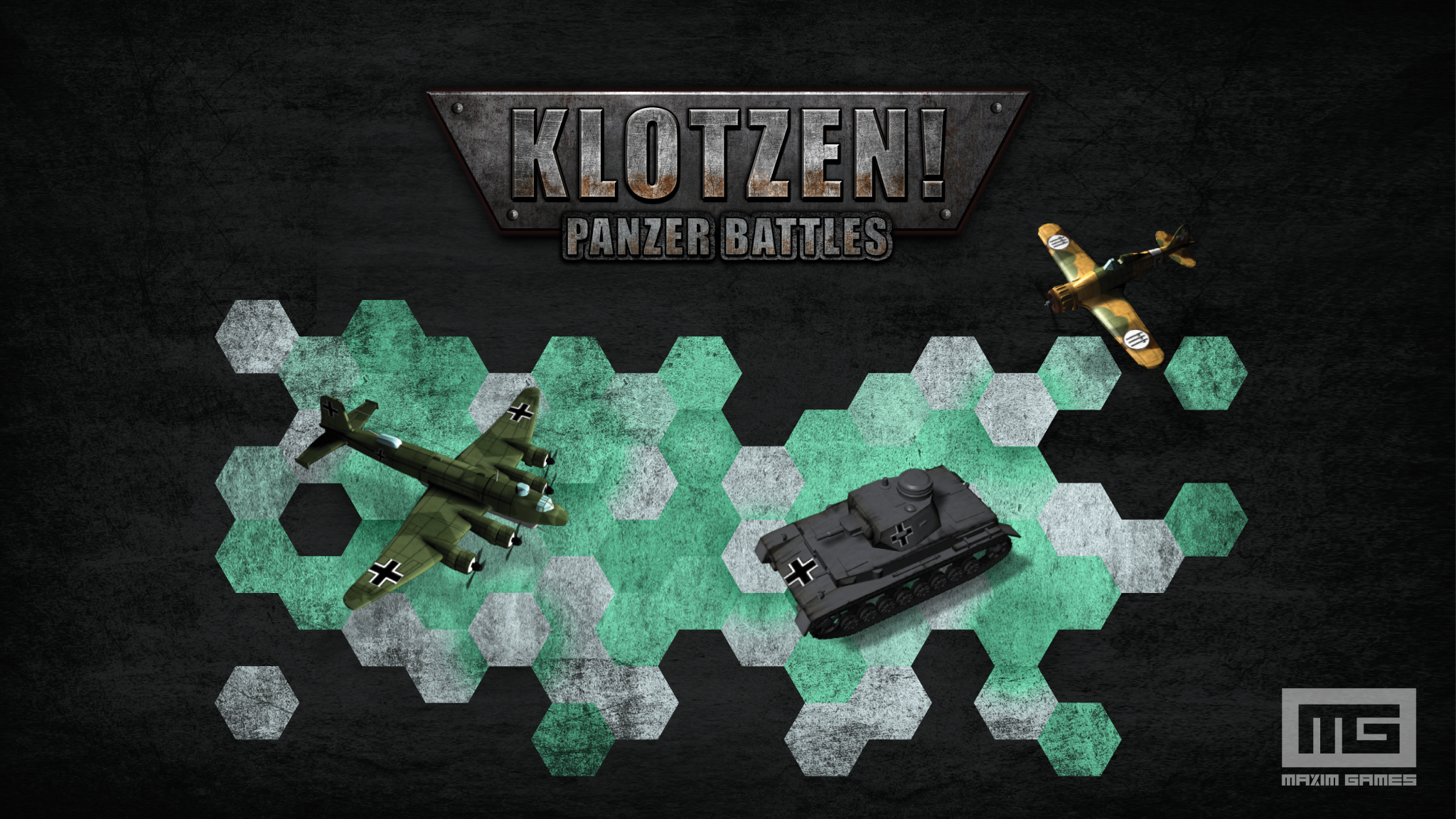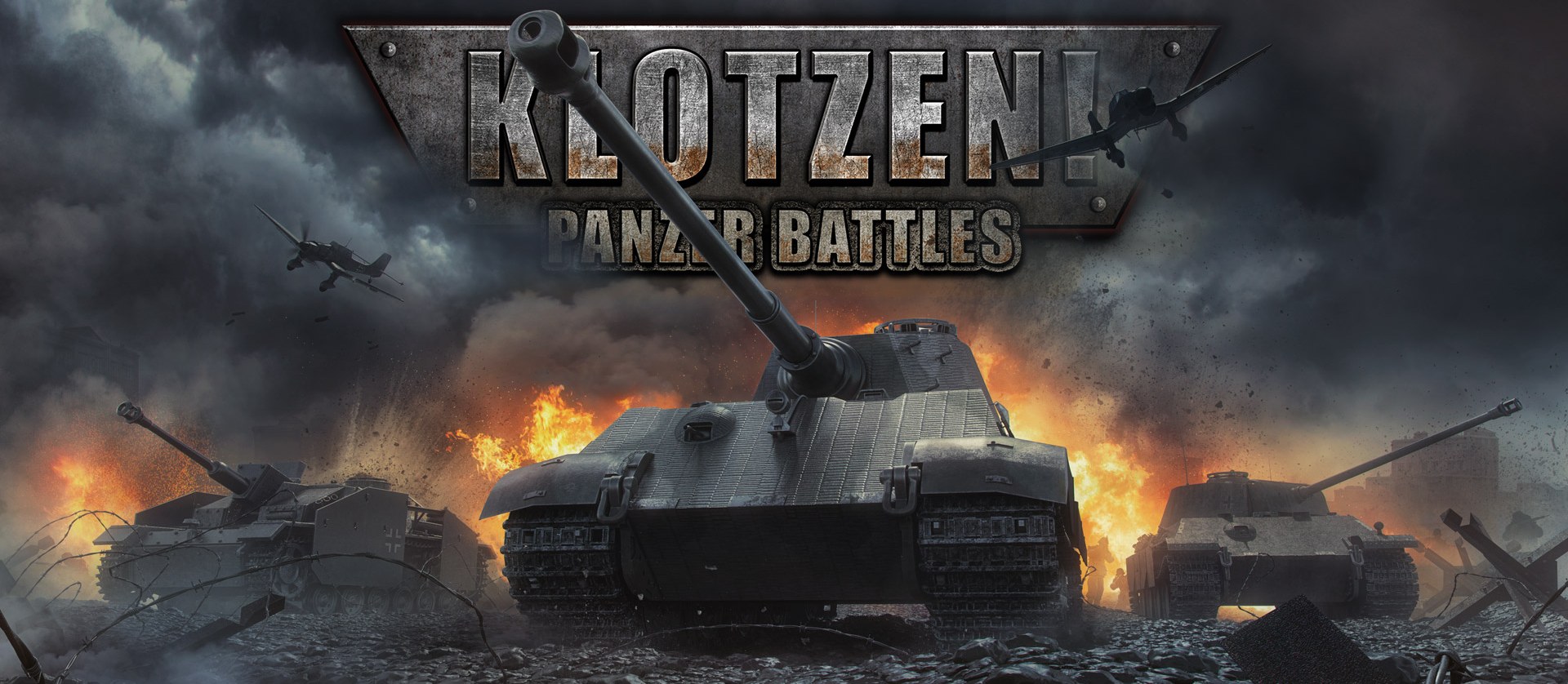Guardian of Hitler`s last days

Americans produced a lot, so the Germans needed to be more advanced in producing their arsenal.
King Tiger was a spectacular tank! Advanced optics, powerful gun and quite a speed for its weight (690 hp; 8 gears forward and 4 in reverse; a max speed of over 40km/h – that was quite impressive for 1944 when it first saw combat).
Germany could never come near the production capacity of US alone, not to mention USSR as well as UK and Canada so they needed to build better equipment that would be superior to whatever Allies and Soviets could produce. Such examples are not only seen in tank production but also in other instances of German arsenal.
In Berlin on April 1945 heavy fighting took place as the Red Army was pushing deeper into the city.
At some point, King Tiger no.314 which was commanded by Georg Diers got the orders to set up a defensive position close to Reichstag and the Führerbunker. As they got closer to their objective, the crew inside the tank noticed increased Russian radio traffic. When King Tiger arrived to the scene, Diers spotted around thirty Russian T34s to his right close to the Kroll Opera House building.
After briefing the crew, Diers stormed around the corner, opened fire and managed to knock out almost all of them. King Tiger no.314 destroyed 39 Soviet tanks (IS-2s and T-34s) during the last days of the Battle of Berlin, and the largest part of this number had been achieved during this engagement.
This happened on the afternoon of 30 of April 1945, the same day Hitler killed himself. Following the Hitler`s death, some Germans decided to attempt a breakthrough and escape the Russian encirclement. For this final attack, all running vehicles were placed together, with the King Tiger under the command of Diers.
The assault started just before midnight on May the 1st. There were many high-ranking Germans in the group, including Martin Bormann. They tried to push through Friedrichstraße station.
King Tiger no.314 pushed forward through heavy fire losing all infantry support in the process. Ironically, despite the successful advance of the tank, it was disabled soon after by a German mine.
Georg Diers and his crew abandoned the tank. But, they failed to reach the Allied lines. All of them, except his loader Alex Sommer (who was shot in the stomach and declared missing), were eventually captured by Soviets. They were all released from captivity in 1949, four years after the war. Diers later wrote a book called “Tiger in Berlin“.




Recent Comments